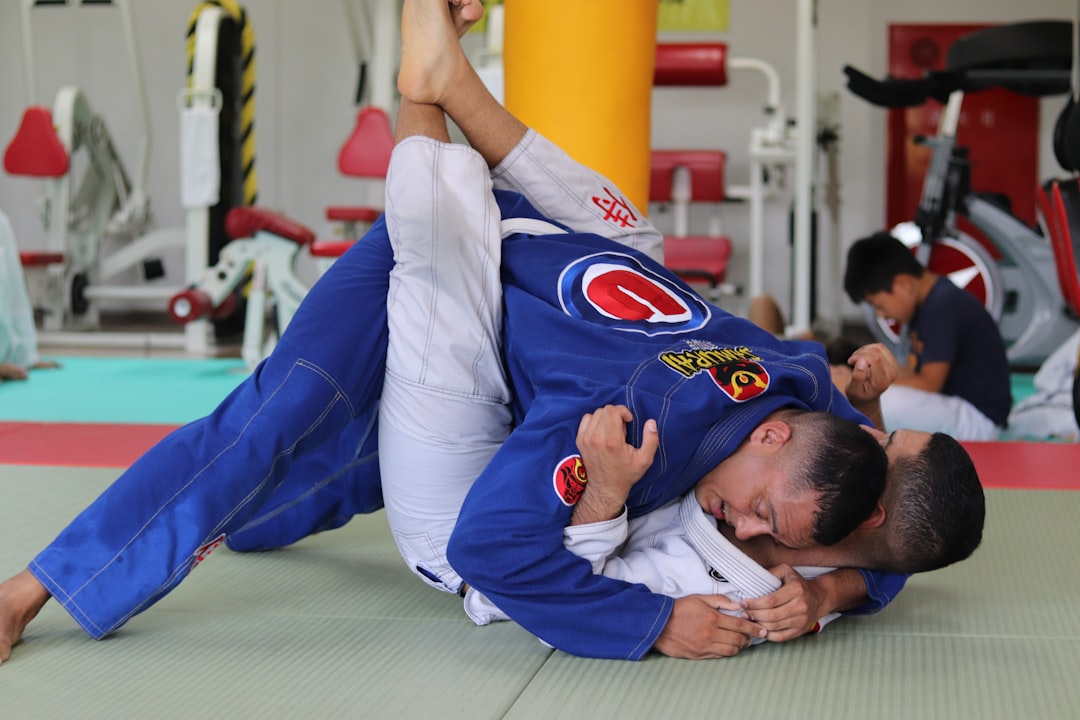Martial arts uniforms, commonly known as gis, serve as a cornerstone in karate practice, blending cultural significance with practical functionality. A traditional karate gi, consisting of a jacket, trousers, and belt, is essential for training as it embodies respect for tradition, optimizes movement without distraction, and clearly indicates the practitioner's rank and affiliation. While standardized in design to ensure recognition across regions, these uniforms also adapt to modern needs with advancements like moisture-wicking fabrics and reinforced stress points, offering both comfort and longevity. They retain their historical roots while incorporating innovative fabric technology to meet the demands of contemporary martial arts training. The evolution of martial arts uniforms exemplifies a harmonious blend of honoring tradition and embracing modern innovation, with manufacturers providing a variety of options that cater to different styles and preferences within the rich tapestry of martial arts culture.
Explore the essence of a karate suit, commonly known as a gi, and its role in the martial arts tradition. This article delves into the significance of martial arts uniforms, tracing the historical evolution and purpose behind the karate suit. From its origins to contemporary adaptations, discover key features that define the traditional karate gi and how it distinguishes practitioners worldwide. Whether you’re a novice or an experienced martial artist, understanding the right karate suit for training and competition is pivotal. Additionally, we’ll examine modern innovations in martial arts uniforms that maintain tradition while incorporating practical enhancements for today’s athletes.
- Understanding Martial Arts Uniforms: The Significance of a Karate Gi
- Historical Evolution and Purpose of the Karate Suit
- Key Features Defining the Traditional Karate Gi
- Selecting the Right Karate Suit for Training and Competition
- Modern Adaptations: Innovations in Martial Arts Uniforms
Understanding Martial Arts Uniforms: The Significance of a Karate Gi
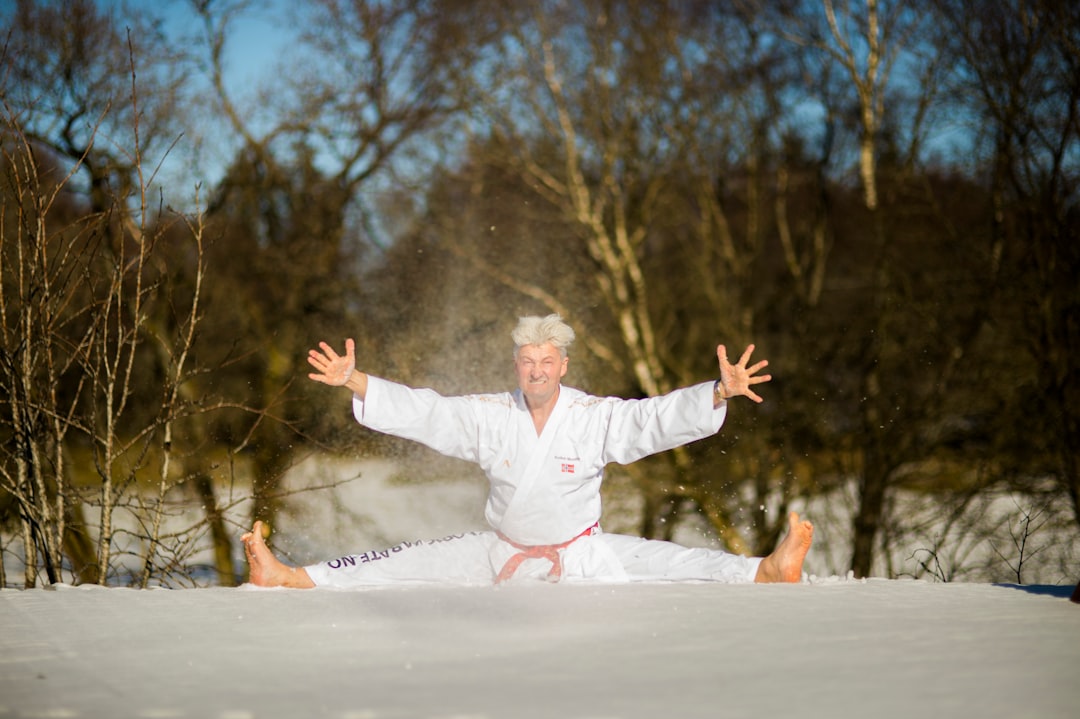
Martial arts uniforms, commonly known as gis, serve as more than mere attire for practitioners; they are a symbol of respect, tradition, and discipline within the martial arts community. A karate gi, in particular, is an essential component of the practice, reflecting the history and principles of the art form. These uniforms are designed to facilitate movement while providing a canvas for belts and patches that denote rank and affiliation. Made of cotton or a blend of materials for durability and comfort, the gi’s simple design features a jacket, trousers, and belt, each element intentionally crafted to minimize distractions and maximize functionality during training.
Are martial arts uniforms like karate gis standardized? Yes, they are, to an extent, as they typically follow a traditional pattern that is recognized worldwide. What purpose do these uniforms serve beyond being a part of the martial artist’s attire? They signify respect for the discipline, the instructor, and one’s fellow practitioners. Additionally, the uniform helps participants maintain a consistent training environment by providing a shared standard, ensuring that each individual is equally prepared for practice. The karate gi, in particular, with its simple yet structured design, allows for a focus on the techniques being learned rather than on the variation of clothing styles.
Historical Evolution and Purpose of the Karate Suit
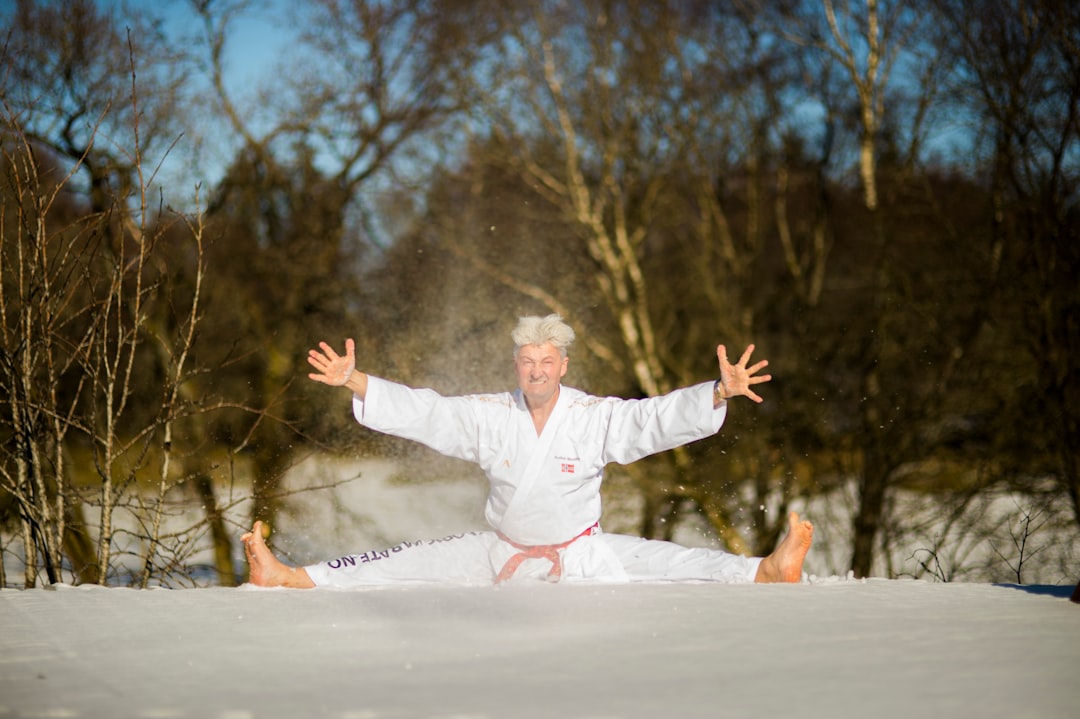
Martial arts uniforms, including those for karate, have a rich historical evolution that reflects both the cultural significance and functional needs of the practice. Historically, martial artists in Okinawa, where karate originated, wore simple garments that allowed for ease of movement during training. Over time, as karate spread globally, the design of these uniforms evolved to meet the demands of different styles and levels of practice. The modern karate suit, or “keikogi,” is a direct descendant of these early garments, incorporating elements that facilitate both the learner’s growth and the discipline’s tradition. Are today’s martial arts uniforms, such as the keikogi, fundamentally different from their historical counterparts? Not entirely; they still serve the purpose of providing a standardized attire for practitioners, which is both functional for the practice and indicative of the wearer’s rank. The modern karate suit is constructed with lighter materials, often with a jacket and trousers that are more form-fitting than their predecessors, allowing for greater mobility and comfort during training and competition.
The purpose of martial arts uniforms, including the keikogi in karate, extends beyond mere attire. These uniforms signify a practitioner’s dedication to the art, mark progression through different belt levels, and foster a sense of unity and respect among peers. The design of the suit is also intentional, with features such as the jacket’s closed collar symbolizing the closing of the mind against fear and the trousers resembling a monk’s robes, emphasizing discipline and humility. As such, the karate suit not only serves a practical purpose but also carries the cultural and philosophical essence of martial arts tradition.
Key Features Defining the Traditional Karate Gi
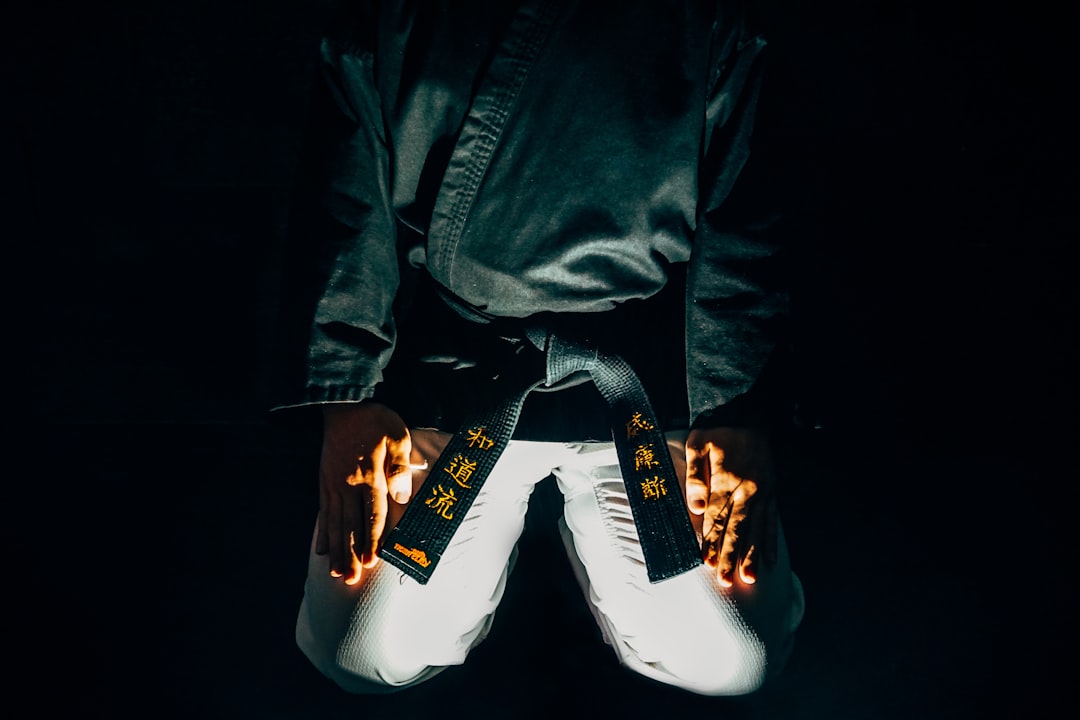
When discussing martial arts uniforms, one cannot overlook the traditional Karate Gi. This garment is emblematic of discipline and tradition within the realm of martial arts. The Karate Gi, a staple in karate practice, comprises two key pieces: the jacket, or “ue”, and the trousers, or “rei”. The jacket, which typically has no collars, features a belt known as an “obi” that cinches at the waist, serving to secure the jacket and also signify the wearer’s rank. Are the martial arts uniforms you’re referring to the traditional cotton kimono or are there variations? The traditional Gi is made of heavyweight cotton, providing both durability for the rigorous training sessions and a canvas that allows for the visibility of the practitioner’s technique. It is constructed with reinforced knees and elbow areas, offering protection during sparring and practice falls without compromising the ability to move freely. How do these features benefit a karate practitioner during training? The design of the Karate Gi, with its straight lines and lack of excessive padding or embellishments, ensures that the practitioner’s movements are unobstructed, allowing for a true expression of martial arts technique. The uniform also adheres to a standardized size, which, while not adjustable, is intended to provide a consistent fit for all practitioners, thereby maintaining an egalitarian approach within the practice. What makes the traditional Karate Gi so essential in the world of martial arts training? Its simplicity, functionality, and tradition make it an indispensable component of karate culture, ensuring that every practitioner, regardless of skill level or experience, is equipped to train with respect for the art and those who have paved the way before them.
Selecting the Right Karate Suit for Training and Competition
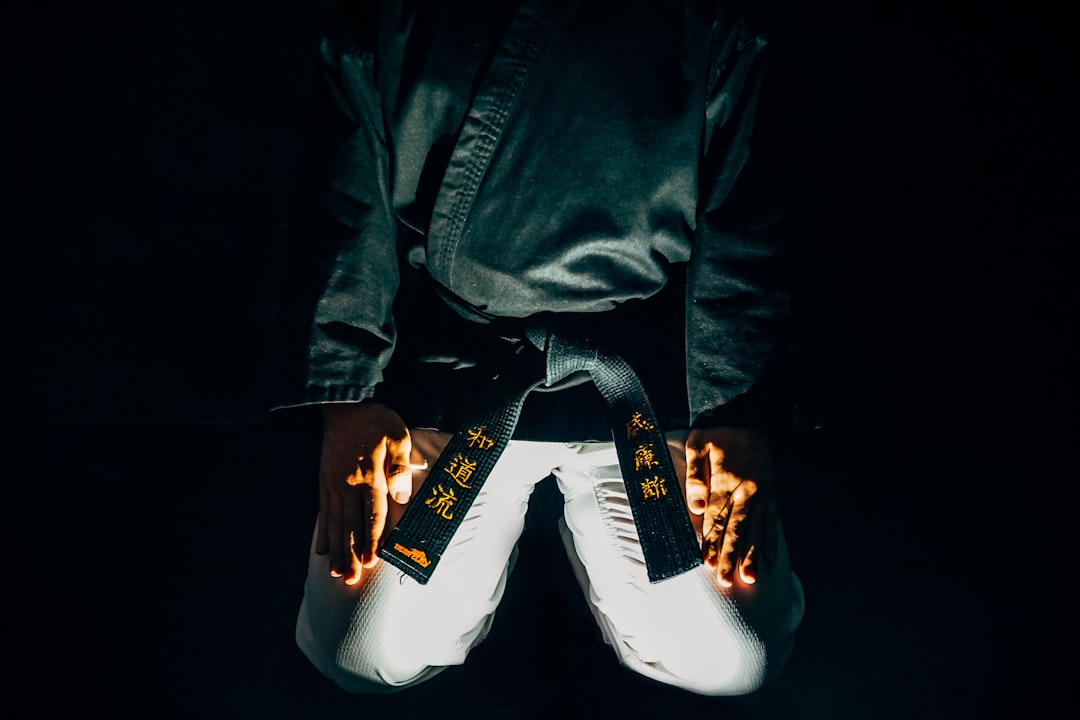
When it comes to selecting the right martial arts uniform for training and competition, there are several factors to consider. Firstly, what type of fabric suits your climate and comfort needs? Martial arts uniforms come in a variety of materials, from lightweight cotton to more durable polyester blends. Are you training in a hot environment or prefer the feel of natural fibers against your skin? Cotton martial arts uniforms are breathable and absorbent, making them ideal for intense training sessions. On the other hand, if durability and resistance to wear and tear are your priority, consider polyester blends that maintain their shape and color over time. Additionally, what style of karate do you practice? Different styles may have specific requirements or preferences for their uniforms. For instance, traditional Shotokan practitioners often opt for a plain white gi, while other styles might allow for more personal expression through colored belts or patches. Regardless of the style you choose, ensure it adheres to the competition standards set by your local or international martial arts federation. Comfort and compliance with regulations are key to performing at your best.
Modern Adaptations: Innovations in Martial Arts Uniforms

Modern adaptations in martial arts uniforms have significantly influenced how practitioners train, compete, and honor the traditions of this combat sport. Over recent years, advancements in fabric technology, design, and functionality have transformed the classic gi into more efficient and comfortable attire for a wide range of martial arts disciplines. Are the modern innovations in martial arts uniforms solely for comfort or do they serve a deeper purpose? The answer lies in the integration of materials that not only facilitate better movement but also provide durability and protection during rigorous training sessions. For instance, the incorporation of moisture-wicking fabrics helps to manage sweat and maintain optimal body temperature. Additionally, reinforced stress points ensure longevity while maintaining the flexibility needed for executing techniques. These enhancements allow practitioners to focus on their martial arts practice without being hindered by the limitations of traditional uniforms.
Furthermore, as the demand for specialized training gear has grown, manufacturers have developed a variety of martial arts uniforms tailored to different styles and needs. Are these new uniforms still in line with the martial arts philosophy? Indeed, while the designs may vary, they remain respectful of the discipline’s traditions, often incorporating elements that are symbolic or aesthetically aligned with the sport’s heritage. The evolution of karate suits, or more generically known as martial arts uniforms, is a testament to the sport’s adaptability and commitment to continuous improvement. With options ranging from traditional cotton gis to sleek, performance-oriented polyester designs, practitioners can choose attire that best suits their training environment and personal preferences, ensuring they are ready to face any challenge their martial arts journey presents.
In conclusion, a karate suit, or gi, is more than mere attire; it’s a symbol of tradition, respect, and discipline within the realm of martial arts uniforms. From its historical origins to contemporary adaptations, the evolution of the karate gi reflects the art’s adaptation and growth over time while maintaining its essential characteristics that define it as a training and competition staple. Whether you are an experienced practitioner or a novice, selecting the right karate suit is crucial for both functionality and respect for the martial arts tradition. As the practice of karate continues to spread globally, innovations in martial arts uniforms enhance performance while honoring the timeless legacy of this disciplined craft.
